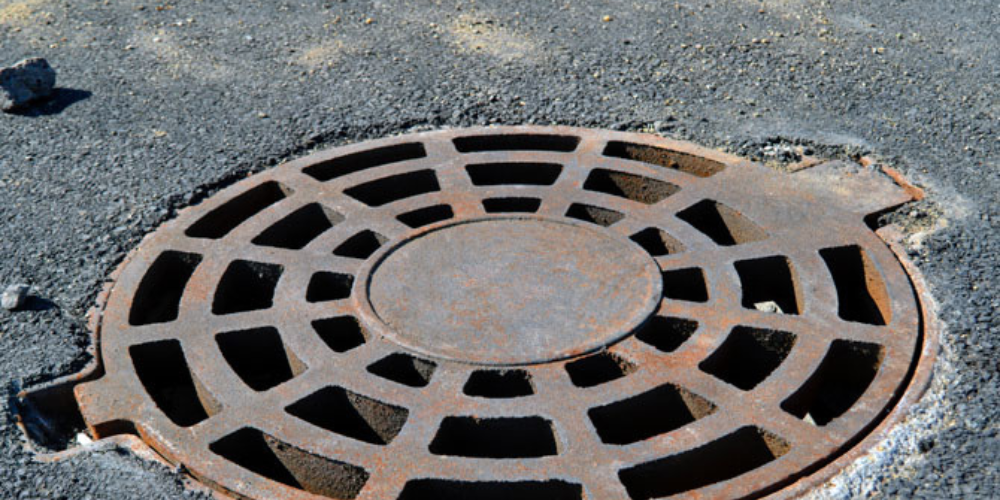There are several reasons to install manhole chambers, including:
- Access: Manhole chambers provide access to underground infrastructure such as pipelines, electrical cables, and communication lines. By providing access, maintenance and repairs can be performed more easily and efficiently, which can help prevent costly downtime and disruptions to services.
- Safety: Manhole chambers provide a safe and controlled environment for workers to access underground infrastructure. This can help prevent accidents and injuries that can occur when workers have to enter underground spaces without proper safety measures in place.
- Durability: Manhole chambers are designed to withstand the weight of vehicles and other heavy equipment. This makes them a durable and long-lasting option for providing access to underground infrastructure. Moreover, buy inspection chambers from a trusted supplier.
- Security: Manhole chambers can be locked to prevent unauthorized access to underground infrastructure. This can help prevent damage, theft, and tampering with critical infrastructure.
- Versatility: Manhole chambers can be customized to meet specific needs and can be used for a variety of applications, including stormwater management, wastewater management, and telecommunications.
Regardless, installing manhole chambers can provide a safe, efficient, and durable solution for accessing and maintaining underground infrastructure.
Can a user install a manhole chamber by themselves?
Respectfully no, installing a manhole chamber should not be done by a user without proper training and experience. Manhole chambers require specialized knowledge and equipment to install, as well as compliance with local building codes and regulations.
Improper installation of a manhole chamber can lead to serious safety hazards, including collapse, instability, and failure to meet required load-bearing standards. In addition, improper installation can cause damage to underground infrastructure, leading to costly repairs and potentially hazardous situations.
It is recommended that manhole chambers be installed by trained and experienced professionals who are familiar with the specific requirements and regulations in the area where the chamber is being installed. This can help ensure that the manhole chamber is installed safely and meets all required standards.
Lastly, if you need to install a manhole chamber, it is important to consult with a licensed contractor or engineer who specializes in this type of work. They can provide guidance on the specific requirements and regulations in your area, as well as provide a safe and efficient installation.
Minimum manhole depth for the inspection chamber:
The minimum depth of a manhole or inspection chamber depends on several factors, including the type of infrastructure being accessed, the local building codes and regulations, and the specific requirements of the project. However, as a general guideline, many professionals suggest that manholes or inspection chambers should be at least 1.2 meters (4 feet) deep.
This depth provides enough space for workers to safely enter and exit the manhole or inspection chamber, and also allows for proper installation and maintenance of underground infrastructure. In addition, a minimum depth of 1.2 meters can help prevent damage to underground infrastructure caused by surface loads and other external forces.
It is important to note that the minimum depth requirement may vary depending on the specific requirements of the project, such as the size of the infrastructure being accessed or the local soil conditions. In some cases, a deeper manhole or inspection chamber may be required to meet safety or regulatory requirements.
